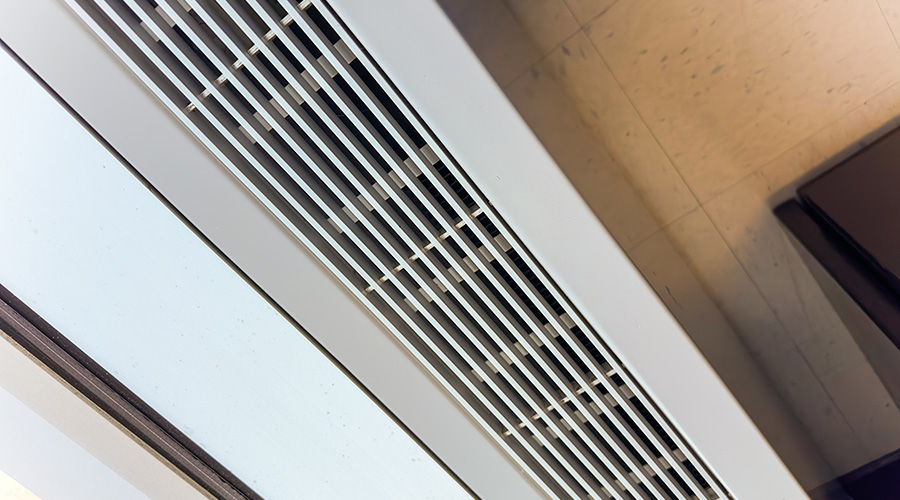The Three Types of Air Filters
The air-filtration industry has seen its share of changes over the last decade. Manufacturers have created new products that not only have improved indoor air quality (IAQ) but also have reduced the cost of installing and operating air-filtration equipment in commercial and institutional facilities.
Besides technology improvements, industry organizations are adopting standards, guidelines and requirements that promote healthy IAQ. Debate continues on the impact IAQ can have on building occupants, including whether productivity and overall occupant health improves as air quality improves.
As maintenance and engineering managers continue to focus on IAQ and its impact on their facilities and occupants, manufacturers are providing them with more efficient HVAC systems and components, including air filters. These technology advances include reduced pressure drops and improved filter efficiency, as well as smaller fans and motors, due to the reduced pressure drop across the filters.
Types of Filters
When the American Society of Heating, Refrigerating, and Air-Conditioning Engineers (ASHRAE) introduced IAQ standards, it signaled an important change in the air-filtration industry. ASHRAE has been promoting the adoption of the minimum efficiency reporting value (MERV) system to standardize definitions of efficiencies.
MERV measures a filter's arrestance — a filter's ability to remove large airborne particles from the air — and dust-spot efficiency — its ability to remove small airborne particles — and assigns a number based on the filter's ability to remove the particles. Several types of air filters are common in commercial HVAC systems:
Fiberglass filter. This throwaway air filter is the most common type. Layered fiberglass fibers are laid over each other to form the filter media and typically are reinforced with a metal grating that supports the fiberglass to prevent failure and collapse.
Polyester and pleated filters. These filters are similar to fiberglass filters but typically have a higher resistance to airflow and a superior dust-stopping ability.
High efficiency particulate arrestance (HEPA) filters. These units filter the air passing through them at a very fine scale. The U.S. Department of Energy (DOE) and its contractors use HEPA filters that meet DOE standard STD-3020-97, Specification for HEPA Filters Used by DOE Contractors, to filter 99.97 percent of all particles 0.3 microns or larger.
Washable air filters. These products are not as common and rely on the build-up of dust along the cloth to improve the efficiency of the filter. Industrial processes involving high volumes of coarse dust are typical applications.
Because filters are fairly simple — they essentially are porous membranes that allow air to flow through them — little change has occurred to improve problems associated with air pressure drop and its impact on energy efficiency.
Related Topics:












